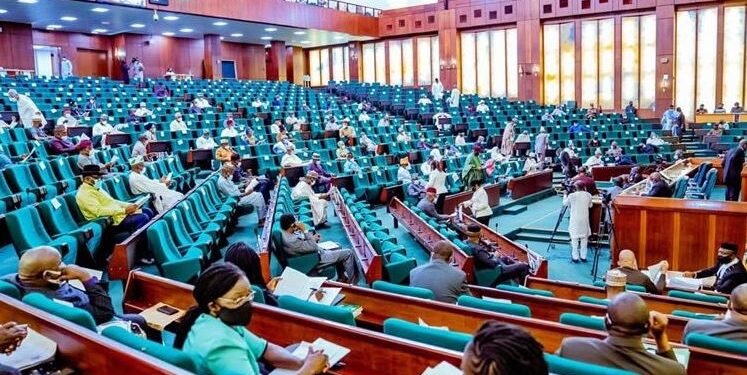A bill has been introduced in the House of Representatives which aims to prevent candidates from the North-West, South-West, and South-South regions from running for future Presidential elections in Nigeria until other regions have taken their turn.
The proposed bill titled “An Act to modify the provisions of the Constitution of Nigeria to introduce a system of power rotation among various geographic and political divisions in presidential, governorship, and senatorial elections” has been submitted to the House of Representatives Committee for consideration as part of the Constitution Review process.
Proposed by Ojema Ojetu, a member representing Apa/Agatu Federal Constituency in Benue State, the legislation aims to restrict regions that have previously produced a President since the country transitioned to democracy in 1999 from producing future Presidents if the bill is approved.
“Any zone in Nigeria which has produced a President of the Federal Republic shall not be eligible to produce another President until the other zones take their turns.
While (4) says: “The effective date for consideration in the rotation of power shall be 29th of May, 1999 when the Constitution of the Federal Republic of Nigeria (as amended) became effective.
The bill, according to Ojotu, a member of the Peoples Democratic Party also seeks alteration to the 1999 Constitution with the insertion of sub-sections 6 and 7.
In (6), the proposed law provides that “The office of the governor of a state in Nigeria shall revolve round all the three senatorial zones in the state, to give every indigene of the state a sense of inclusion, participation and representation in the development of the state; while (7) states that “Every senatorial zone in a state which has produced governor of that state in a democratically conducted election shall not be eligible to produce a governor, unless and until other senatorial zones produce governors of the state.”
That is not all as Ojotu’s proposed legislation also seeks an alteration of Section 48 of the Constitution with the introduction of sub-sections 1 (a) and (b).









